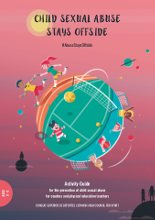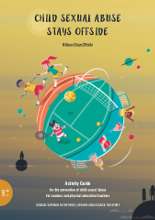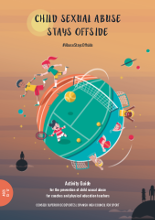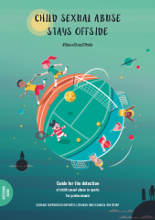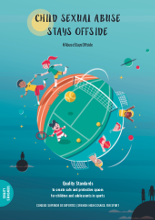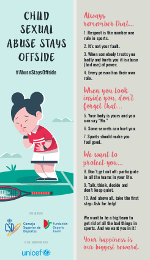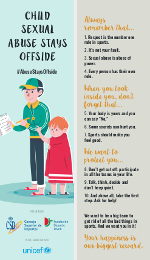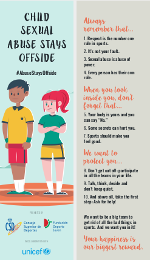Esta entrada es una versión con los materiales en inglés de la entrada original en español, que se puede leer en https://www.espiralesci.es/materiales-de-la-campana-el-abuso-sexual-infantil-queda-fuera-de-juego/
Child sexual abuse is a reality that affects children and adolescents in several domains of their life. And also in sports.
Therefore, it is for both of us, F. Javier Romeo and Pepa Horno, a big satisfaction our elaboration of the materials of the Campaign “Child Sexual Abuse Stays Offside” (in Spanish “El abuso sexual infantil queda fuera de juego”#abusofueradejuego), a campaign for the prevention and detection of child sexual abuse in sports coordinated by the Spanish High Council for Sports (Consejo Superior de Deportes) and Fundación Deporte Joven.
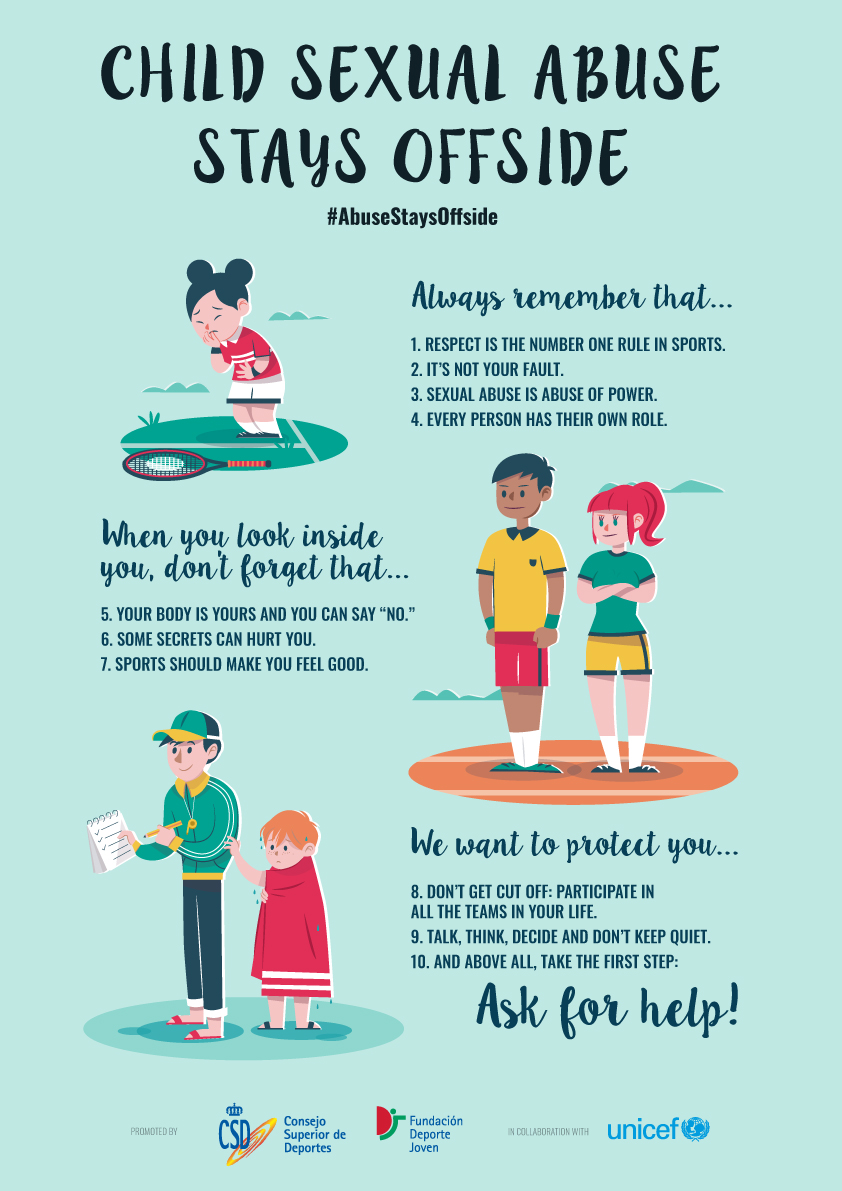
It has been a long process that has involved getting to know the experiences of sportsmen and sportswomen and of professionals that work in the domain of sports. We have discovered the specificities of the world of sports, both in its most protective aspects and in its risk factors, combined with our experience of de detection and prevention of child sexual abuse in other domains. We have found very useful our conversations with specific people and the collaboration of the wonderful monitoring team gathered by the Spanish High Council for Sports and Fundación Deporte Joven, that has counted with professionals from the UNICEF Spanish Committee, the Council of Europe and the non-profit organisation for protection in sports “Oro, Plata y Bronce” (“Gold, Silver and Bronze”). Their inputs and comments have helped us to adapt the messages to each level of intervention in sports.
The English version of these materials has been prepared by Victoria Kennedy and F. Javier Romeo.
The campaign, that is identified by the hashtag #abusofueradejuego #AbuseStaysOffside, has several materials that can be downloaded directly from the website of the campaign:
- Three activity guides for the prevention of child sexual abuse for coaches and physical education teachers, that offer guidelines for introducing the ten key ideas through prevention activities that can be done during trainings. They are adapted to three groups:
The key messages are summarized in the main poster and in the bookmarks that can be used with children and adolescents.
All in all, these materials provide a big picture of the diverse aspects that need to be tackled in trainings, matches, competitions and environments in order to reduce child sexual abuse and to detect it quickly when it happens. In that way we can achieve the goal of ensuring that when children and adolescents practice sports, they grow and develop their best abilities while they rest protected and safe.
We hope that you will find them interesting and, above all, useful.


